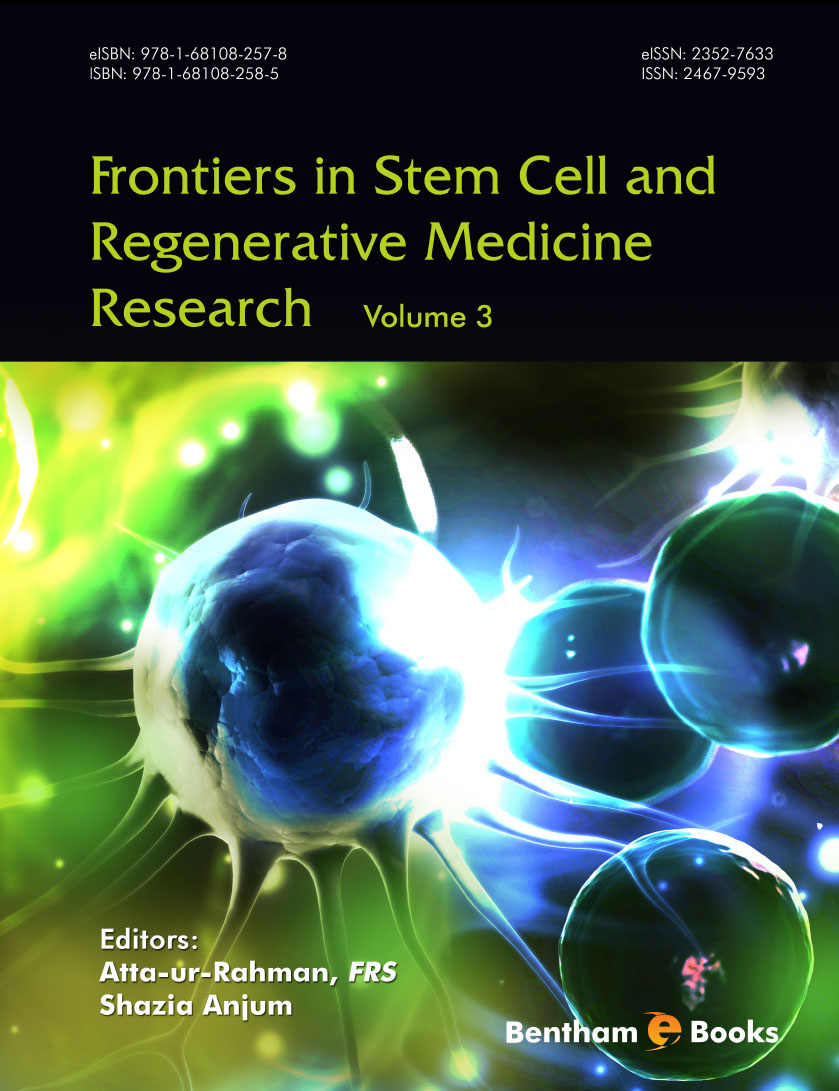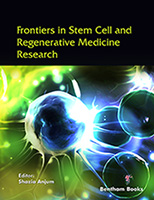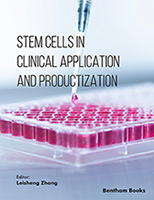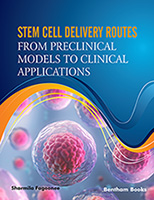Preface
Stem cell and regenerative medicine is a hot area of current research that is expected to have a profound impact on health and medicine. It is moving fast and often people are interested in finding out most contemporary discoveries. It has shown great potential to meet the worldwide organ shortage challenge by tissue regeneration and organ replacement.
The 3rd volume of ‘Frontiers in Stem Cell and Regenerative Medicine Research’ contains reviews written by eminent specialists in major rapidly developing fields of stem cell and regenerative medicine research. LaRue and Kelly have presented the advantages of utilizing various types of stem cells to treat bone related diseases and difficult-to-heal fractures. Pacella et al. have reviewed the current status of stem cell therapy in neonatal brain injury, encompassing hypoxic-ischemic encephalopathy (HIE), perinatal stroke, and white matter injury. This holds promise for improving the methods of diagnosis, prevention and as well as the development of innovative treatments for such injuries.
Neurodegenerative, neurological, and psychiatric diseases (NNPDs) significantly contribute to disability and mortality. Zakian and Medvedev have focused on the cell models based on patient-specific induced pluripotent stem cell derived neurons and their use in the search for new drugs. The utility of genome engineering for the creation and study of cell models for NNPDs is discussed in detail.
Respiratory diseases represent a wide array of common diseases with great social and financial burden. Regenerative medicine could offer new tools for treating severe and progressive lung diseases as depicted in Alexander V. Averyanov’s review. Patients suffering from esophageal defects and disease are commonly treated with surgical intervention, which can lead to a host of short and long term complications including the need for repeated surgery. Finck et al. have covered novel tissue engineering approaches for esophageal defects.
We hope that the readers will enjoy reading about the latest and exciting revolutions in prominent areas of stem cell and regenerative medicine research.
We are grateful to all the authors for their contributions. We are also thankful to the editorial staff of Bentham Science Publishers, particularly Dr. Faryal Sami, Mr. Shehzad Naqvi and Mr. Mahmood Alam for their constant support and great help.
Prof. Atta-ur-Rahman, FRS
Honorary Life Fellow
Kings College
University of Cambridge
Cambridge
UK
&
Dr. Shazia Anjum
Department of Chemistry
Cholistan Institute of Desert Studies
The Islamia University of Bahawalpur
Pakistan





